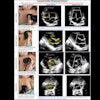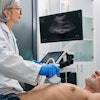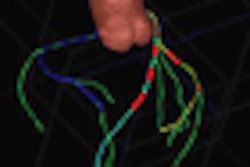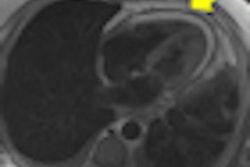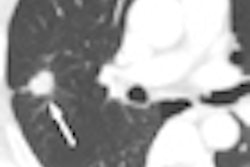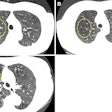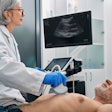Dear Cardiac Imaging Insider,
More studies are popping up that aim to compare the costs of working up suspected coronary artery disease (CAD) with various combinations of tests.
It's a noble pursuit, considering the estimated $6 billion to $8 billion spent each year in the U.S. to evaluate chest pain patients, but a tough job due to the many available options for either ruling out CAD and sending patients home, or getting them into the cath lab first.
Researchers from Weill Cornell Medical College in New York City explore the myriad diagnostic modalities and treatment options available for chest pain patients -- as well as their costs -- in this issue's Insider Exclusive. Learn about their surprising results by clicking here.
On the other hand, why rule out coronary artery disease the hard way? A team from the Medical University of South Carolina in Charleston found they could let a computer-aided detection algorithm check for signs of stenosis at coronary CT angiography (CTA), and if the results were negative, safely send patients home. They kid you not, here.
If the field-of-view is wide enough, coronary CTA will find lung cancers, too, according to a study in last month's American Journal of Roentgenology. For that matter, plain old coronary artery calcium scoring will boost the value of traditional cardiac risk factors, says another.
But it's MRI that excels at diagnosing constrictive pericarditis because morphological signs of the disease are unreliable, according to researchers from Michigan and Pennsylvania.
For assessing the strengths and weaknesses of cardiac MRI and CT, the American College of Cardiology has released its new 2010 guidelines. From the U.K. come questions about whether a new population-based heart screening program is worth the cost. And for the latest news in cardiac imaging, we hope the stories in your Cardiac Imaging Digital Community are worth scrolling down for.

